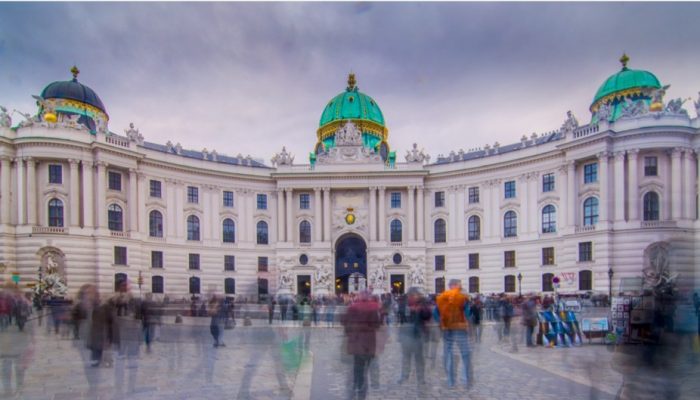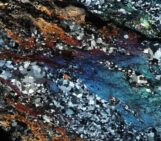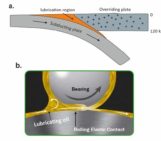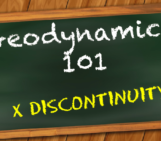
Credit: Jyotirmoy Paul
Your first time at the General Assembly can be a daunting experience. It’s not easy to navigate the scientific programme and let’s not even mention navigating the building! It becomes even more difficult if you do not know many people in your scientific community yet. Luckily, one of the easiest things to do at EGU is meeting new people. Jyotirmoy Paul, PhD student at the Indian Institute of Science in Bangalore, India, shares his experience of attending the EGU GA for the first time this year.
 I am a geologist, but I am (slowly) turning into a geodynamicist. My research area is numerical modelling of geodynamical problems. I simulate 3-dimensional models of the spherical earth by solving thermo-chemical convection equations. My present work aims to understand the long-term stability of cratons. The stability of cratons since the Archaean is a hot topic in the geosciences community as it can potentially throw light on some of the key features of Archaean geodynamics. Several studies have already addressed this problem. I had the great opportunity of presenting parts of my work and discussing science with the international community at a large gathering such as the EGU GA. With a lot of different opinions on craton stability, I was able to add some more confusion into the mix! It was nice that I got helpful suggestions and constructive criticism about my research, which was much needed. Apart from discussing with the established scientists, it was really great to talk to my fellow student researchers and have dinner with them. Unfortunately, I was not aware of this ECS GD community before attending EGU, so I missed some of the important courses. I hope to meet the community again during another conference, maybe at AGU 2018!
I am a geologist, but I am (slowly) turning into a geodynamicist. My research area is numerical modelling of geodynamical problems. I simulate 3-dimensional models of the spherical earth by solving thermo-chemical convection equations. My present work aims to understand the long-term stability of cratons. The stability of cratons since the Archaean is a hot topic in the geosciences community as it can potentially throw light on some of the key features of Archaean geodynamics. Several studies have already addressed this problem. I had the great opportunity of presenting parts of my work and discussing science with the international community at a large gathering such as the EGU GA. With a lot of different opinions on craton stability, I was able to add some more confusion into the mix! It was nice that I got helpful suggestions and constructive criticism about my research, which was much needed. Apart from discussing with the established scientists, it was really great to talk to my fellow student researchers and have dinner with them. Unfortunately, I was not aware of this ECS GD community before attending EGU, so I missed some of the important courses. I hope to meet the community again during another conference, maybe at AGU 2018!
Apart from helpful scientific discussions, the whole atmosphere at EGU was new to me. This was my first large-scale international conference, so – naturally – I was overwhelmed to meet the pioneers of geosciences. I interacted with those very people whose ideas had influenced my thought processes throughout my student life. Talking and listening to them was intriguing and I developed many new ideas that I will be able to use throughout my career. Besides that – in the multi-cultural environment of the General Assembly – I was representing a minority community from the largest democracy in the world (as it is called): the community of geodynamics researchers in India! The number of geodynamics researchers in India is tiny and may not even reach two digits. The sudden change from a pond to the ocean was overwhelming, intriguing, and terrifying. Phew!
A blog post about my experience at EGU would be incomplete if I didn’t mention Vienna. The beautiful city has witnessed several turning points in world history. As an art history lover, roaming around the city was bliss. The mosaics of Stephansplatz, the medieval baroque architecture of the Habsburg dynasty and the modern city on the left bank of Danube transported me back in time through Europe’s history. Gustav Klimt, the famous Austrian painter, lived in Vienna exactly 100 years ago. His major works are showcased in the Belvedere museum. Despite the tight schedule of EGU from morning to evening, I managed to find one free slot to visit his gallery at Belvedere. I could not leave Vienna without seeing “The Kiss”!





